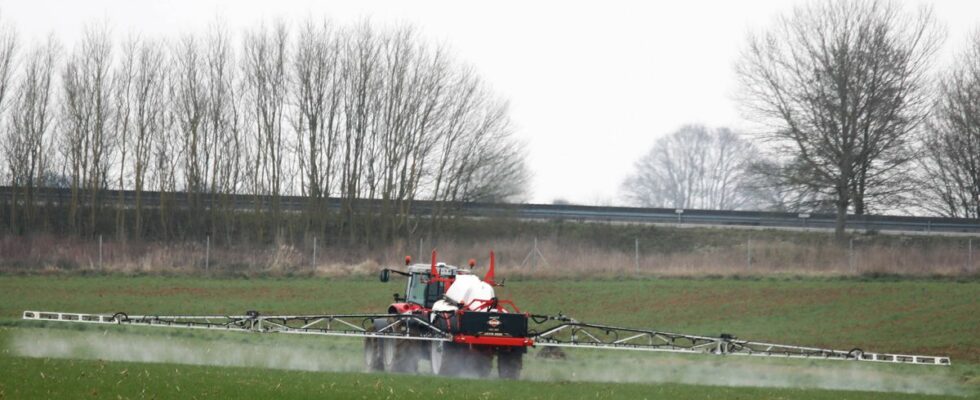Fungicides to fight against fungi, insecticides, a rodenticide to eradicate rodents and an acaricide against mites. For a year, Air Breizh analyzed the air of three sites in Brittany to check whether toxic products from so-called “conventional” agriculture were inhaled by the inhabitants. And the answer is yes. During the thirty or so samples taken in 2021, the air quality monitoring association detected 26 pesticides, among the 77 substances it looked for. Of these 26 products, eight are prohibited for use.
The analyzes were carried out at three sites. One very rural located in Kergoff, in central Brittany. It is surrounded by agricultural plots used for field crops, as is the Mordelles sector, which is more urban because it is close to Rennes (Ille-et-Vilaine). And finally the Rennes Netherlands site, located in the southern districts of the Breton capital. “The top 5 most detected substances on these 3 sites are identical. Despite this, the levels of concentration decrease according to the distance from the agricultural plots: the urban site thus presents the lowest levels”, assures Air Breizh.
Herbicides predominate among the substances detected. The highest concentrations were recorded in the fall and climb to a few tens of nanograms per cubic meter of air. The finding is not surprising: these products are among the best-selling in France. But why do some prohibited substances persist? Several reasons are provided by Air Breizh, which evokes a possible “strong persistence in the soil” but also illicit uses in the event of residual stock. “It could be chlorothalonil, the ban of which dates from May 2020,” notes Air Breizh. The four most measured substances are pendimethalin, prosulfocarb, S-metolachlor and triallate.

